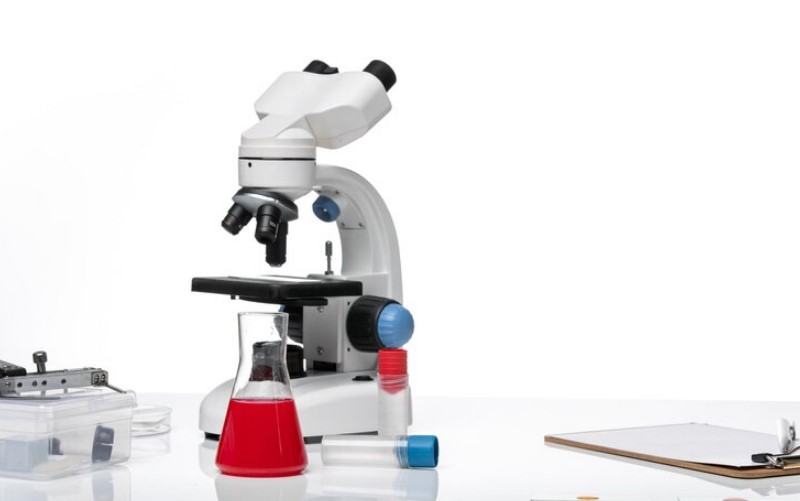The base of a microscope serves as a fundamental component that provides stability and support to the entire microscope structure. Positioned at the bottom, the base acts as a foundation upon which the rest of the microscope is built. Its primary function is to ensure the stability and balance of the microscope, preventing it from toppling over during use. The base is typically constructed from sturdy material like metal or heavy-duty plastic, providing a solid platform for the other parts of the microscope, such as the stage, arm, and optical components, to rest upon. While the base may seem like a simple and often overlooked feature, its role in maintaining the integrity and usability of the microscope cannot be understated.
The Function and Uses of Base in a Microscope
The base of a microscope serves multiple important functions and plays a crucial role in the overall functionality and usability of the instrument.
- Stability and Support: The primary function of the base is to provide stability and support to the entire microscope structure. It is designed to prevent the microscope from tipping over or wobbling during use. The base is typically wide and heavy to ensure a firm and stable foundation, allowing for steady observation and manipulation of specimens.
- Balance and Weight Distribution: The base helps maintain the balance of the microscope by distributing its weight evenly. This ensures that the microscope remains steady and level, even when adjusting the focus or changing magnification. The balanced weight distribution also reduces vibrations and movements, which can interfere with the clarity and precision of the observed image.
- Attachment Point for Components: The base often serves as an attachment point for other components of the microscope. The arm, which supports the optical components and stage, is usually connected to the base. It provides stability and a pivot point for the rotation and adjustment of the microscope head.
- Storage and Transport: The base of the microscope may have additional functionalities for storage and transport. Some microscope models may include compartments or drawers in the base to store accessories, slides, or lenses. It can also provide handles or grips for easier lifting and transportation of the microscope.
Overall, the base of a microscope is a vital component that ensures stability, balance, and proper weight distribution. Its design and construction contribute to the functionality, usability, and longevity of the microscope. By providing a stable platform, the base enables precise and accurate observations, making it an essential part of any microscope setup.

Conclusion
In conclusion, the base of a microscope serves as a critical component with multiple functions that contribute to the overall performance and usability of the instrument. Its primary role is to provide stability, support, and balance, ensuring that the microscope remains steady during observations and manipulations. By distributing the weight of the microscope evenly, the base helps minimize vibrations and movements, allowing for clear and precise imaging. Additionally, the base often serves as an attachment point for other components and may provide storage and transport capabilities. The design and construction of the base directly impact the functionality and longevity of the microscope. Thus, the base plays a vital role in creating a solid foundation for successful microscopic exploration and discovery.



